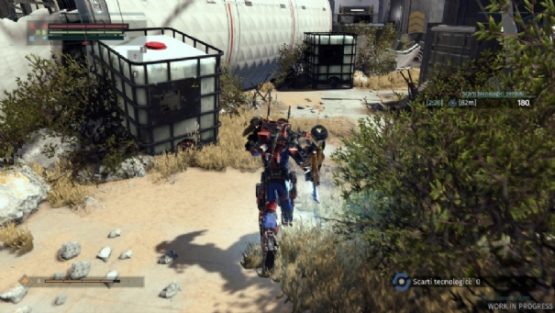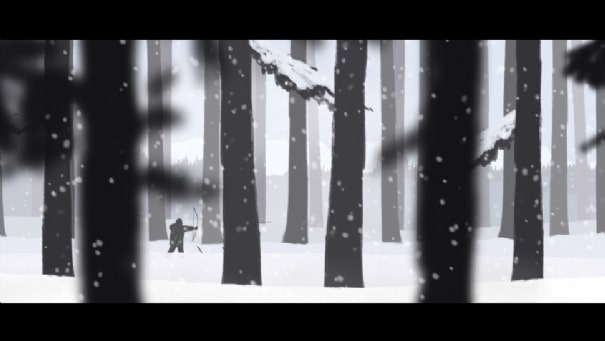These days we managed to put our hands on The Surge , an action-RPG in development at Deck 13, a team that we know well for the great Lo rds of the Fallen .
The demo that we have been making these days is contentively the same tried recently in Paris, but embellished by a more advanced polishing and optimization work and the more time available to dispatch it. For the content part we mostly refer to the article written earlier , but on the technical side we will make a more accurate speech on the build that we have received.
A trip to the subterranean
The second part of the demo that we managed to deal with was the one dedicated to reuniting with the shortcuts of the various points in the area previously visited, according to a level-design mechanics that was far more than rumored in the genre, and as last section we had to go through the underground. After building a body equipment, and then activating the lights on it, we went in
to the tunnels. At their end, it was possible to find the switch that can unlock the boss, which is present in the other wing of the building. The dynamics in this case also came close to those of the best known competitor, between dodges and weaknesses that brought us, once constructed and enhanced the equipment, to solve it all. The passage between the rhythm of the initial phase,
Where and how it turns
On the mid-high MSI GE62 7RE notebook (equipped with GTX 1050Ti and i7 7700HQ) The Full HD resolution and high detail Surge has moved between 30 and 50 FPS, closer to the first in closed environments and seconds to those in the open. By cutting a bit on the q
uality of shadows and volumetric illumination, we were able to find a more than satisfactory compromise that allowed us to achieve an important improvement in fluidity without much change in visual perception. Once we got used to an increased frame rate, we could not go back. Textures and lighting seemed to be well done, both for the protagonist and for the outdoor environment.
Below you will find a video with demo segments recorded for the occasion so you can evaluate yourself on screen. Most of the graphic glitches you see are symptomatic of a product that, as the watermark in the bottom right is still reminded us, is still under construction, however the overwhelming majority of them are already known and perhaps already resolved.
Aliasing, given its very jagged structure, is also present with algorithms like activated FXAA, and we had to resort to SMAA to get a better result.


